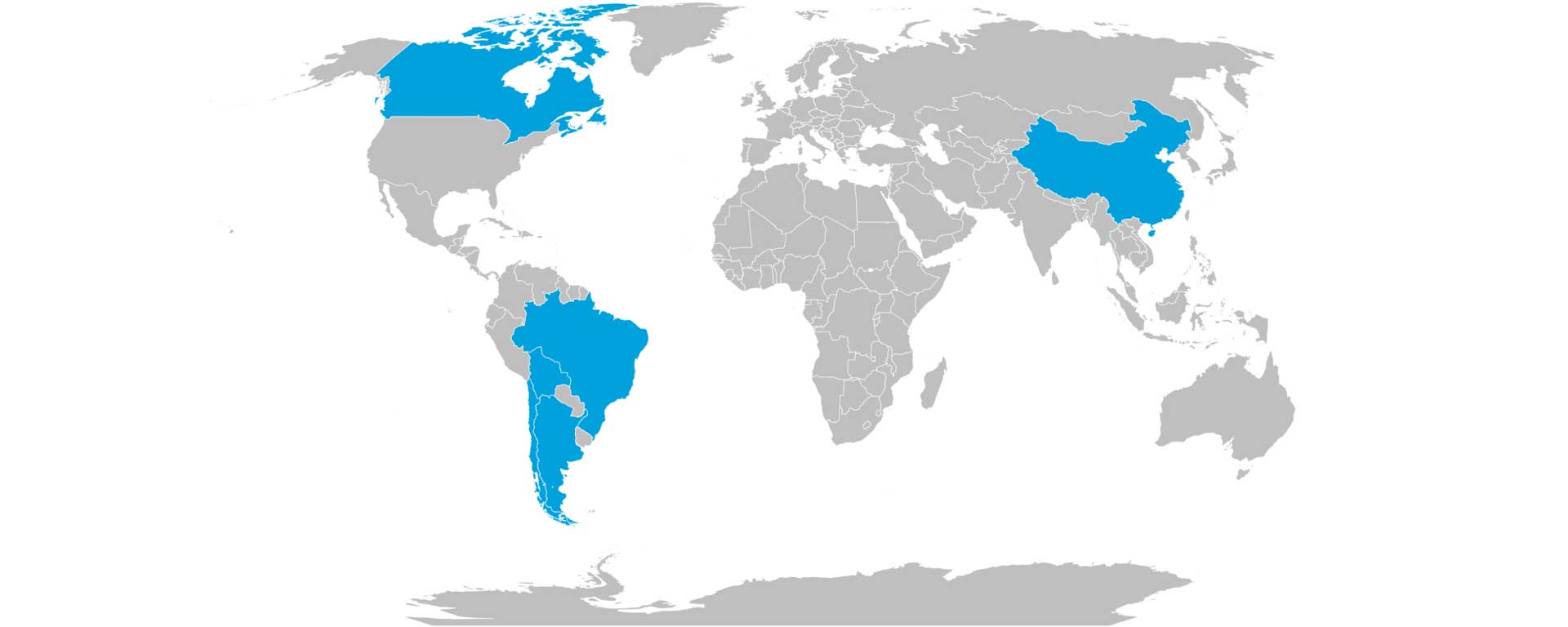Did you know?
MEGA ED technology concentrates lithium chloride (LiCl) 2× higher than conventional RO.
MEGA ED technology concentrates lithium chloride (LiCl) 2× higher than conventional RO.

MEGA solution possibilities for purification LiCl are in integrating cost-effective desalination phase electrodialysis in the conventional lithium brine extraction processes.
Would you like to know more about the benefits of using electrodialysis in conventional lithium brine extraction process?
Our experts are ready to find the best solution for your lithium brine extraction project.
Our engineers and technologists prepare solutions tailored to your needs and requirements.
Please, fill out the form below. We will reach out to you as soon as possible.




